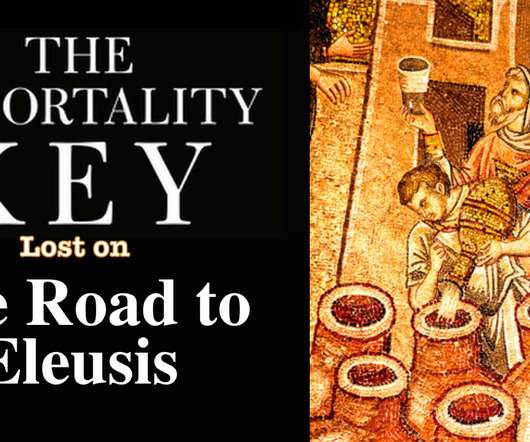Best strains and terpenes for nausea
The Cannigma
OCTOBER 2, 2022
The best type of cannabis to treat nausea is a Type I or Type II strain with a terpene profile that includes limonene or humulene. Strain names are an unreliable indicator of experience, so the ones included in this article should serve as a starting point to finding flower with a similar chemical makeup. CBDA and nausea.
















Let's personalize your content